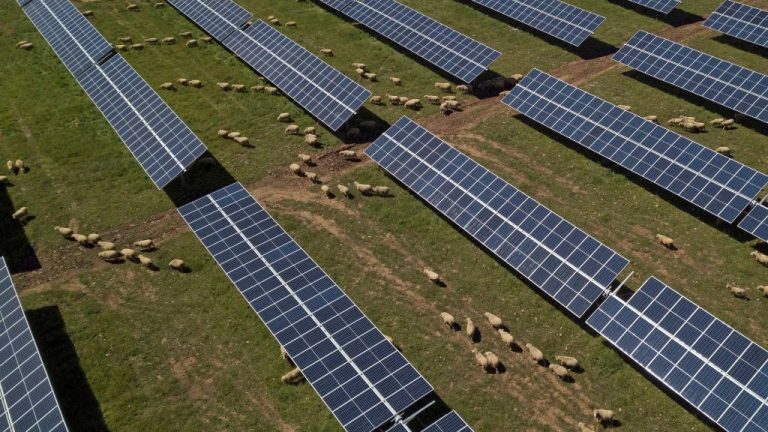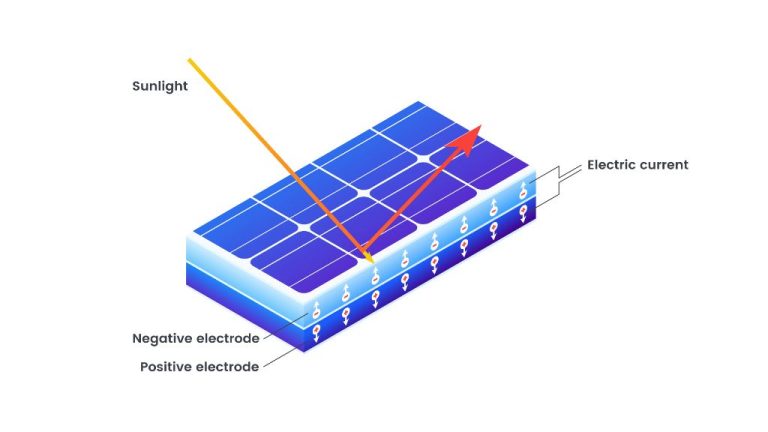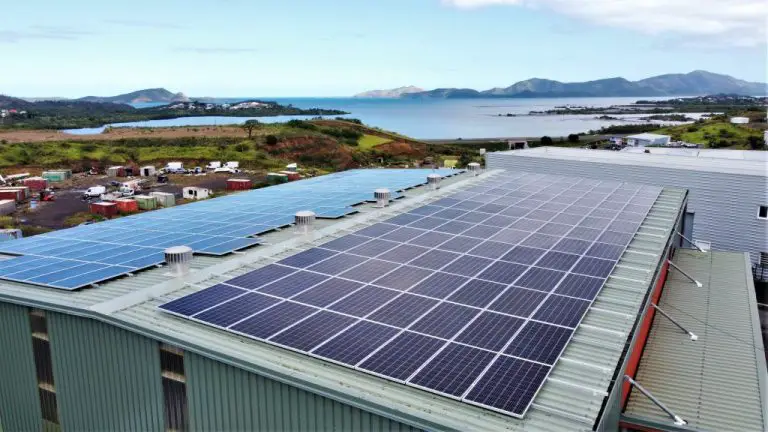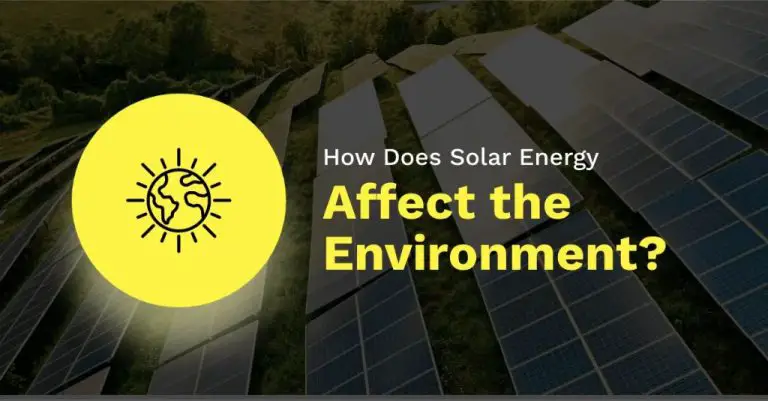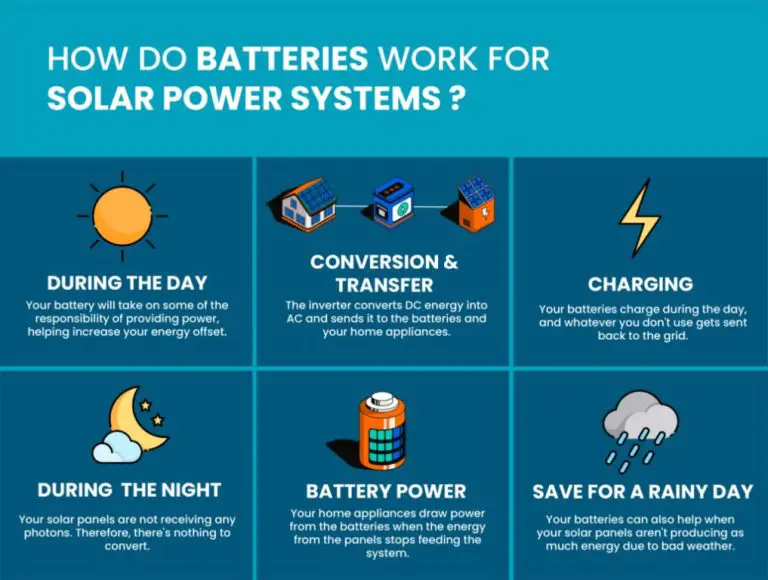How Close Can Solar Panels Be Installed To Edge Of Roof?
Installing solar panels on rooftops has become an increasingly popular way for homeowners to generate their own renewable electricity. With the falling prices of solar panels and advancements in efficiency, more homes are adding solar to offset electricity costs and decrease their carbon footprint. Properly installing solar panels on rooftops requires following important safety guidelines and building codes to ensure the system is secure, efficient, and aesthetically pleasing.
Safety Considerations
One of the most important factors when installing solar panels near the edge of a roof is safety. There is a risk of panels or mounts coming loose and falling, which can cause damage and injury. According to the Solar Energy Industry Association (SEIA), solar is very safe but does require proper installation and maintenance (https://www.seia.org/solar-industry-research-data).
Panels located near the roof edge or perimeter are more susceptible to wind uplift forces. The mounts and racking system must be engineered and anchored to withstand wind speeds per local building codes. Using mounting equipment specifically rated for edge-of-roof applications is recommended. Regular inspection and maintenance can also help detect and prevent issues.
Additionally, panels extending over the roof edge should have adequate clearance beneath them. The 2021 International Residential Code (IRC) states arrays shall not extend beyond the roof edge unless a clear access path of 6 feet is provided (IRC R324.6.1.2). This helps prevent injury if equipment were to fall.
With proper precautions, solar installations near roof edges can be safely executed. However, safety should be the utmost priority for homeowners and installers.
Installation Guidelines
Solar panels are usually installed at least several feet from the edges of a roof to allow for safe access and maintenance. According to the San Diego Solar Permits website, most solar installers follow a rule of thumb to leave at least an 18 inch setback from any roof edge or ridge. This 18 inch minimum setback is recommended by organizations like Sustainable Energy Action for residential solar installations.
The specific minimum distances can vary based on local building codes and the requirements of your municipality. For example, California’s state building code mandates a minimum 3 foot wide clear access pathway from the lowest roof edge to ridge on each roof plane where solar panels are installed. Other jurisdictions may specify even wider pathways such as 4 feet.
It’s important to consult your local building department to verify the exact minimum setback requirements in your area. The access pathways must comply with fire code regulations for emergency responder access. Leaving ample setbacks also makes regular solar panel maintenance easier and safer.
Building Codes
When installing solar panels, it is crucial to follow relevant building codes and standards to ensure a safe and compliant system. The main codes that apply to rooftop solar installations in the United States are the International Building Code (IBC), International Fire Code (IFC), National Electrical Code (NEC), and local municipal building codes. According to the 2018 IFC 605.11.3.2.4, solar panels must be located no higher than 3 feet below the ridge to allow for fire department access.
The NEC provides electrical safety standards for solar PV systems. Key requirements include proper wiring, overcurrent protection, grounding, and labeling. Local jurisdictions often adopt the IBC and NEC with amendments. Check with your local building department for specific codes enforced in your area. It is recommended to have your solar plans reviewed by the building department before installation to identify any issues upfront. Hiring a licensed, experienced solar contractor is the best way to ensure your system meets all applicable codes.
For a comprehensive guide to code-compliant solar installation, refer to the Interstate Renewable Energy Council’s report 7 Steps to a Code-Compliant Solar Installation.
Panel Size and Weight
The size and weight of solar panels are important considerations when determining how close they can be installed to the edge of the roof. Typical solar panels are around 65 inches long by 39 inches wide and weigh approximately 40 pounds each (Forbes). While the panel weight is distributed across the roof and racking system, the overall load from multiple panels can be significant.
Larger and heavier panels will exert more downward force and require stronger roof construction and racking systems. Most building codes require solar arrays to be set back from the roof edge based on the distributed weight of the system. While the allowable overhang distance varies, wider and heavier panels generally need to be positioned further from the edge than smaller and lighter ones. Leaving an insufficient overhang with a heavy system could risk roof damage or panels pulling away from the racks.
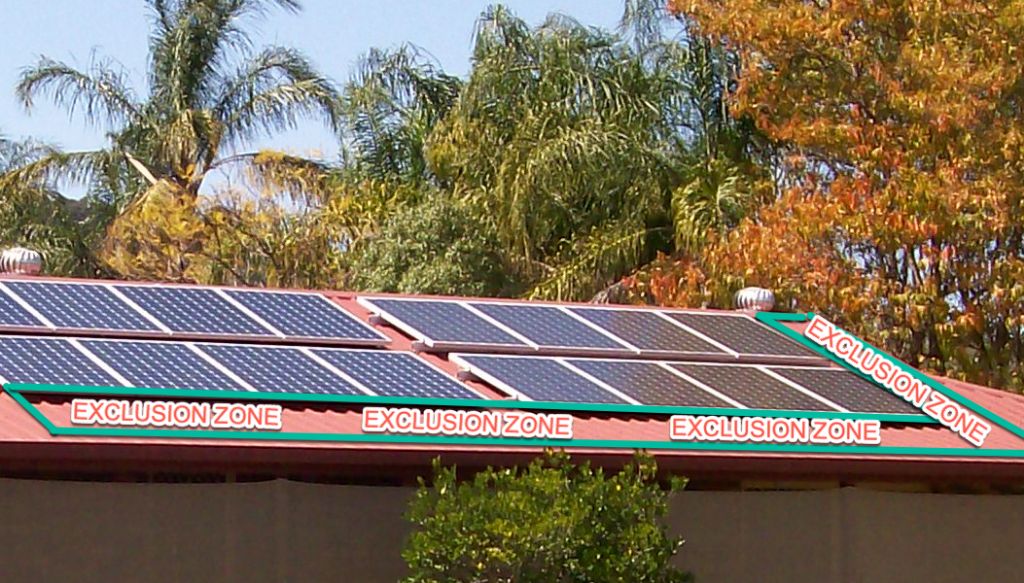
When planning the layout, installers must balance panel size with edge distance to safely distribute the load without wasting roof space. While large panels maximize energy production, smaller panels may be required near the roof perimeter. Consult a qualified solar installer to ensure the proper overhang distance based on the panel specifications and local building codes.
Roof Type
The type of roofing material is an important factor when installing solar panels. Asphalt shingle roofs are the most common residential roofing in the U.S. Asphalt shingles have a shorter lifespan than other roofing materials, typically 15-20 years. However, they are relatively inexpensive to install and replace. Solar panels can be installed over asphalt shingles using mounting attachments that don’t penetrate the shingles. This avoids potential leakage issues.
Tile and slate roofs have a long lifespan of over 50 years. They can support the added weight of solar panels as long as the roof structure is adequate. Tile roofs have a high fire resistance. The grooved surface of tile and slate roofs allows for secure mounting of solar panel racking. A potential drawback is that improper installation of attachments can lead to cracks and leaks [1].
Metal roofs like galvanized steel and aluminum are lightweight, durable, and long-lasting. Metal roofs have up to a 50 year lifespan. Standing seam metal roofs are ideal for solar panel mounts that clamp securely to the raised seams without penetrating the roof. Pre-drilled hole mounts can also be used. Overall, metal roofs are one of the best choices for installing solar panels.
Roof Pitch
The angle or pitch of the roof plays an important role in determining the feasibility and best practices for installing solar panels. Most solar panels are designed to be installed on roof pitches between 10-45 degrees. As the roof pitch increases beyond 45 degrees, extra safety considerations come into play.
On very steep roofs with a pitch over 50 degrees, some solar contractors may not recommend installation at all. As one Redditor reported after getting quotes for their 50 degree roof, “I’ve had some contractors tell me that they can’t install panels on that roof” (source). The risks of falls and accidents dramatically increase as the roof pitch goes beyond 45-50 degrees.
For roof pitches in the 40-50 degree range, installation is still possible but requires extra safety harnesses, tie-offs, and procedures to prevent falls. The overall labor costs also increase compared to an easier low-slope roof. Rails and racking systems may need adjustment and customization to fit steeper angled roofs. It’s advisable to consult a solar contractor experienced in working on very steep roofs to assess the specifics of your installation.
Rails and Racking
The type of mounting system used to attach solar panels to the roof plays an important role in determining the safe distance from roof edges. Most solar installations use aluminum rails that run parallel to the roof edge and function as the main mounting structure. The solar panel racking attaches to these rails, holding each individual panel in place.
According to the Solar Energy Industries Association, racking must extend at least 3 inches beyond the outermost point of the solar module frame to provide proper support. The rails themselves should be positioned no closer than 6 inches from the roof edge for residential installations. This provides a safe buffer between the panel edge and the roof perimeter (1). Proper rail placement prevents undue stress on connections and allows enough space for roof maintenance.
Some building codes also specify that rails must be inset from the roof edge by a distance that is at least half of the height of the solar array above the roof. For example, if the panels sit 6 inches above the roof plane, the rails should be at least 3 inches from the edge. Installers must carefully account for all relevant factors when positioning rails along roof edges.
Sources:
(1) https://www.seia.org/news/new-report-provides-best-practices-rooftop-solar-pv-system-installation
Aesthetic Considerations
Solar panels that are installed close to the edge of a roof may be more visible from the street or neighboring properties. The racking system that elevates the panels off the roof surface can create more visibility at the edges, with gaps that allow you to see under the panels (https://www.quora.com/Can-solar-panels-be-seen-from-the-street-or-do-they-blend-in-with-the-roof-color-materials).
To reduce visibility for panels installed near the roof edges, there are a few options:
- Utilize solar panel skirts or trim pieces to cover the underside and create a cleaner, more integrated look. Products like the Contour Solar Array Trim or IronRidge flashes can help panels blend into the roofline (https://www.nyc.gov/assets/lpc/downloads/pdf/pubs/Solar%20Panels.pdf).
- Select solar panels that closely match the color and material of your roof shingles.
- Strategically situate panels away from areas with the most visibility from the street or neighbors.
- Angle panels to minimize visibility of gaps underneath.
Consulting with your solar installer on the best aesthetic solutions can help balance visibility concerns with maximizing solar production.
Professional Installation
Hiring professional solar installers to mount and connect your solar panels has numerous benefits compared to a DIY installation. Experienced solar professionals have the proper training, skills, and equipment to safely and efficiently install solar panels on your roof.
One major benefit is ensuring your system complies with local building codes and regulations. Professionals will obtain necessary permits and inspections, avoiding potential issues down the road [1]. They also have the expertise to properly site and orient panels for maximum sunlight exposure.
In addition, hiring professionals minimizes the risk of roof leaks, structural damage, or other problems from incorrect panel mounting. Solar installation requires working at heights and altering your home’s structures, best left to trained experts. Pro installers also have specialized equipment like boom lifts to safely access rooftops.
You benefit from warranties on equipment and workmanship when using professional solar companies, compared to no or limited warranties on DIY installs. If issues arise, you can contact the installer for prompt repairs covered under warranty [2]. This provides invaluable peace of mind.
Ultimately, solar panel installation is a major home improvement project best performed by qualified professionals. Although DIY installation may seem cheaper upfront, the long-term benefits of hiring experts in permitting, safety, efficiency, reliability, and warranties make professional installers well worth the investment.

